Prague, Vienna, Budapest – three of the most important cities in the glorious Austro-Hungarian empire, and three of the best places you can visit to experience the unique charm of Central Europe. Located very close to each other, but profoundly different, Prague, Vienna, and Budapest offer a multi-layered experience you can hardly find on any other European itinerary.
The three capitals are very conveniently situated just a few hours from each other. Vienna, being in the middle, is not the ideal choice to start your Central Europe itinerary from. If you come from overseas, Prague would be the most popular city, to begin with. If you want to do the Prague, Vienna, Budapest itinerary and you’re from Europe, I recommend starting with Budapest. The Hungarian capital is the birthplace of the budget airline WizzAir so finding cheap flights is easy.
The best tip I can give you is to try to book a return ticket from the last city you’re in. If you arrive in Prague and you need to go back to Prague for your flight back, you’ll not only waste money but also plenty of valuable time.
Before we get to the detailed Prague, Vienna, Budapest itinerary, let’s see what should we expect on our journey.
Prague

Prague is a fairytale. I’m sorry, I know it’s one of the biggest cliches in existence, but there’s no better way to describe it. Yes, it’s a little bit overcrowded. Yes, it’s a little bit overpriced. Yes, the beer costs less than water. Wait. The last one is actually pretty awesome!
Anyway, Prague is a tourist gem that skillfully combines modern art with the classical, medieval look to present a magical mix that can rival any other city in Europe (No wonder it’s in the top 5 most visited cities on the continent).
What to see in Prague
- Charles Bridge
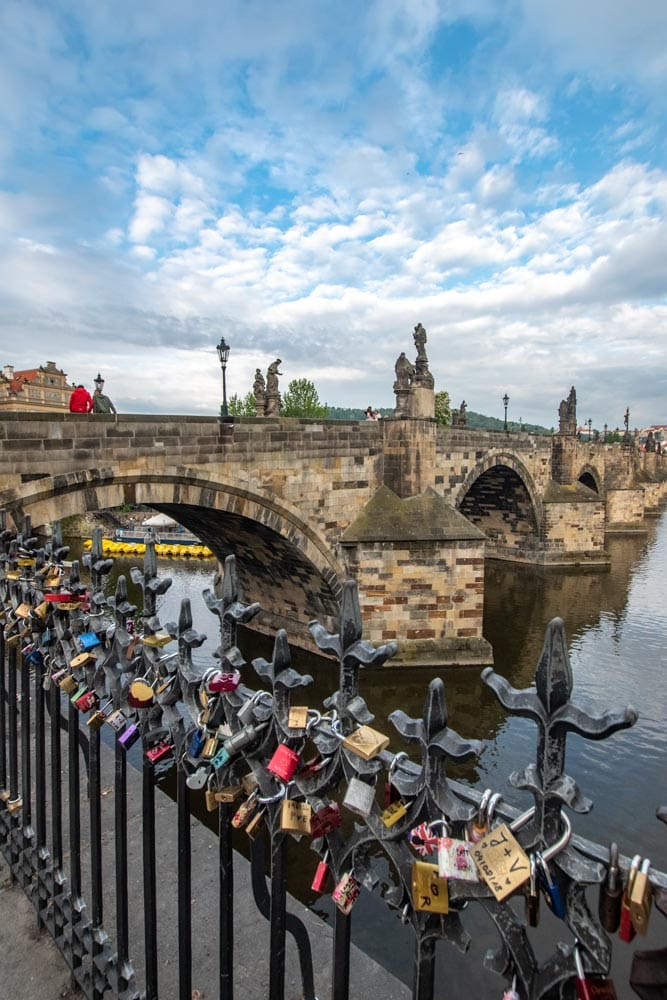
The historic bridge is an iconic highlight of Prague and also one of the most famous bridges in Europe and a must see in your Central Europe itinerary. Completed in the early 15th century, Charles Bridge offered a reliable land connection establishing Prague as an essential trade route between Eastern and Western Europe. Today, the 516 meters long bridge is decorated by 30 (mostly) baroque statues that give the gothic bridge an extra dosage of awesomeness.
To truly enjoy Charles Bridge, I suggest a visit around sunrise. Yes, I know you’re on vacation, and you don’t want to get up early, but trust me on that – Charles Bridge (and Prague as a whole) reveals its true magic at dawn.
See all of Prague’s best photo spots.
- Prague Castle
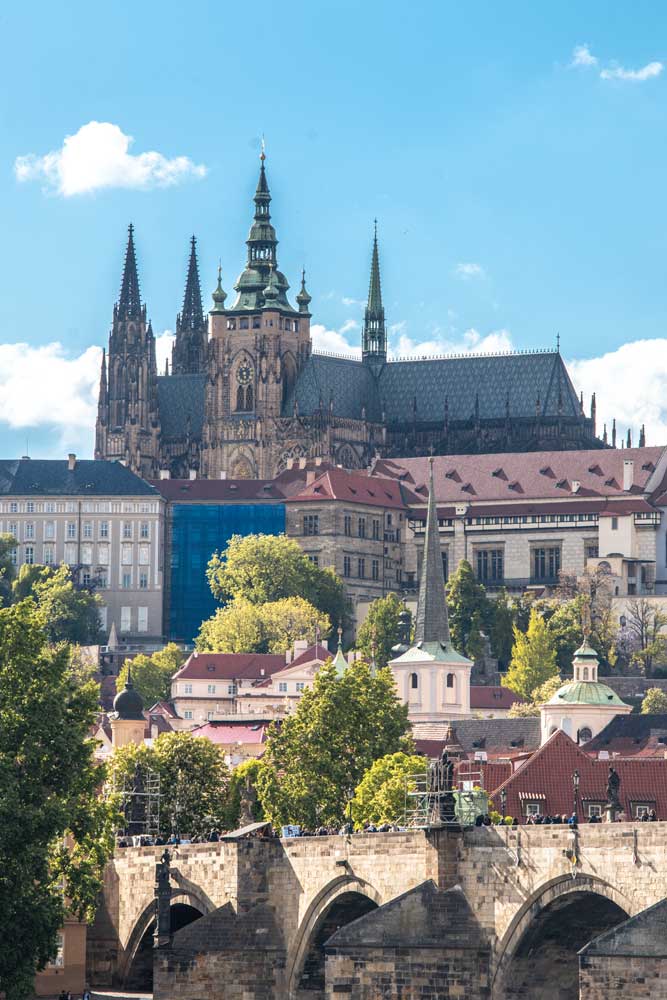
Deemed to be one of the most important cultural institutions in the Czech Republic, Prague’s Castle is more than just a castle. If you look at most of Prague’s pictures, you’d see a large building overlooking the city. This is what people refer to as the Prague Castle, but this is actually the St. Vitus Cathedral.
When you climb up there, you find out Prague’s Castle is a whole complex. It features the abovementioned cathedral (which by the way is a definite must-see), a Royal Palace (where the president of the country still works), the Golden Lane (which offers a glimpse to the typical medieval alley), and many more amazing things.
- Prague’s Astronomical Clock
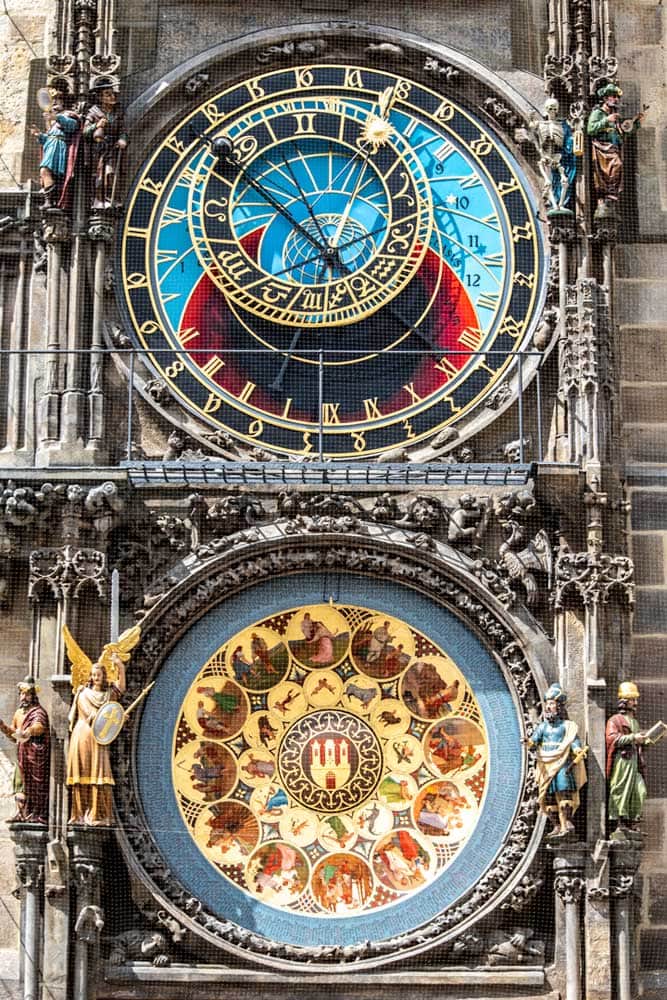
Prague’s Astronomical Clock was first installed in 1410 and is the oldest clock still operating. Even though this fact shows the incredible craftsmanship of the bohemian watchmakers, once you see the clock, you won’t be that interested if it works or not. The Orloj is guaranteed to be one of the most beautiful machines you would ever see. Vibrant colors, incredible details, and stunning design.
If you happen to be there when the clock strikes the hour (from 9.00 AM to 11.00 PM), it will even perform a little show for you.
- Old Town
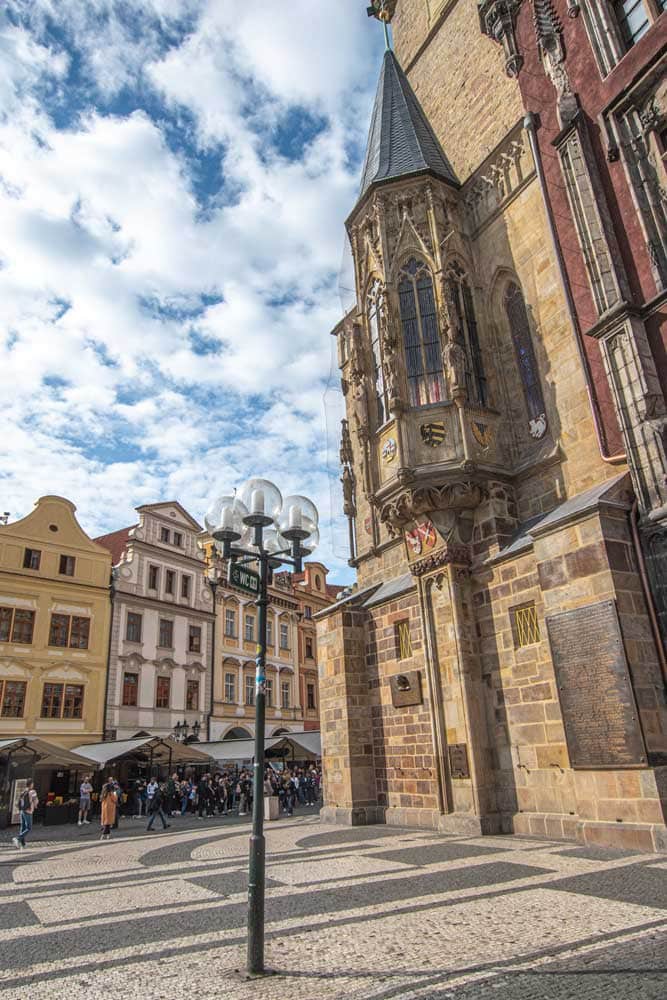
The Old Town of Prague is the heart of the city. Have you read any of Grimms’ Fairy Tales? Well, walking around Old Prague is like stepping into one (without the witches and the evil step-mothers). There is a trick to find this charming place, though. Yes, it’s easy to see it on the map, and I’m pretty sure every single person in Prague has roamed around it. I’m also pretty sure very few found the charm I did.
Just like the Charles Bridge advice, if you want to get the best of the Old Town, to feel the enchantment of the winding alleys and taste the medieval beauty of the Bohemian Capital – explore it at dawn. Free of tourist hordes, just you and golden Prague. Priceless experience.
- Czech Beer

Yes, the beer is an attraction in Prague. A big one! Considered to be the biggest beer-nation out of the beer-nations, Czechia not only offers you million of different beers to try but also (surprisingly) gives it away cheaply.
There’s a saying that in Prague, the beer is cheaper than water. I’ve never actually taken that seriously, but imagine my surprise when I found out this to be true. Mostly because the water is overpriced (a lot!) but still.
Besides fair prices, plenty of choices, and the most exceptional beer quality, Prague also offers different quirky beer-activities. You can go to a beer spa, have a beer airport transfer (with unlimited beer) or get a beer bike tour.
Where to Stay in Prague
Mordecai Twelve
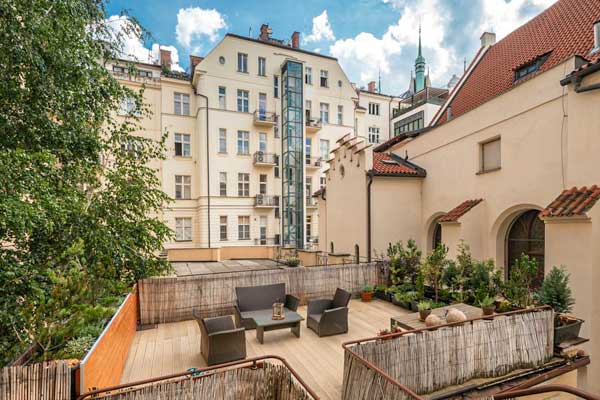
Well-equipped modern apartments with a lovely balcony in the center of Prague’s Old Town. You can’t get a better location than that. If you want to take my advice and explore it at dawn, this is the place for you.
The apartments offer great value with their very reasonable prices. If you’re a party of four, get the double-bedroom one and enjoy the most inexpensive luxury accommodation you had.
Check the latest prices
Psst: I have a detailed Prague guide with attractions, prices, and other accommodation options. Check it out and be prepared for every detail.
Vienna
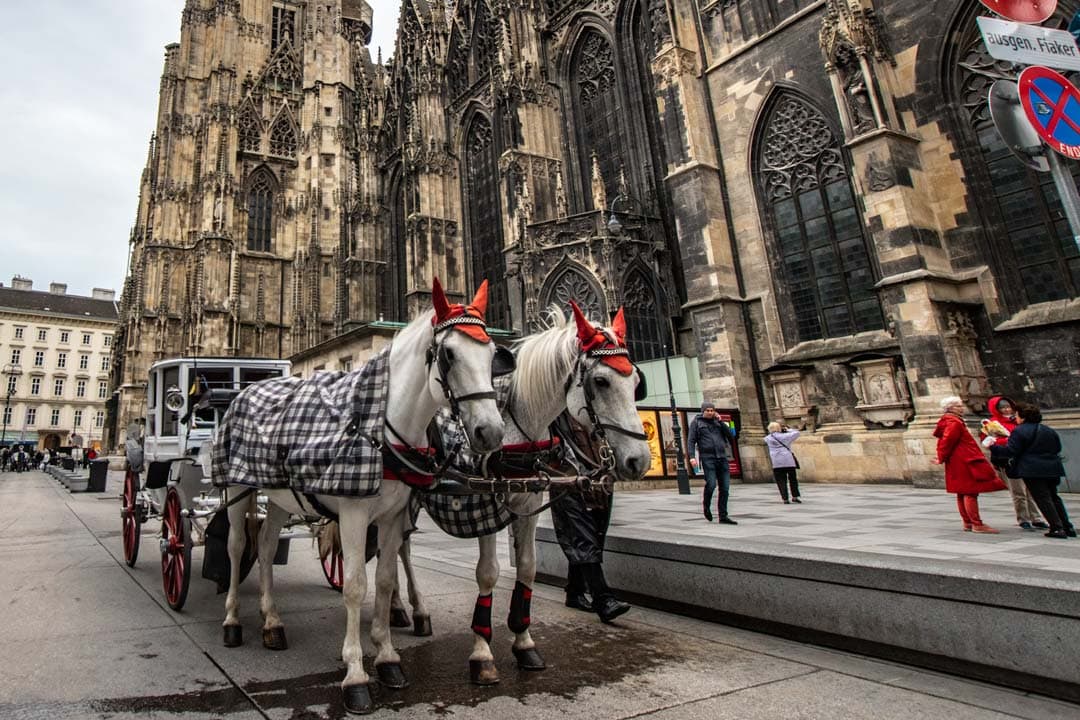
The second desitnation of our Central Europe itinerary has nothing to do with Prague. You won’t find middle age bridges or beer-drinking crowds in Vienna. Nevertheless, the imperial architecture, the lavish palaces, and the incredible museums of the Austrian capital are sure to take your breath away.
Being the capital city of the Holy Roman Empire and later – the Austro-Hungarian Empire, the city vibe is nothing less than…well…imperial. From Mozart to Sigmund Freud, Vienna offers a vast cultural heritage and is one of the most sophisticated and classy cities on the globe.
If you want to start your journey from Vienna, I suggest looking for plane tickets to the nearby capital of Slovakia – Bratislava. European budget airlines (Ryanair, Wizz Air) often offer flights to Bratislava for less than 20 EUR!
What to see in Vienna
- Belvedere Palace
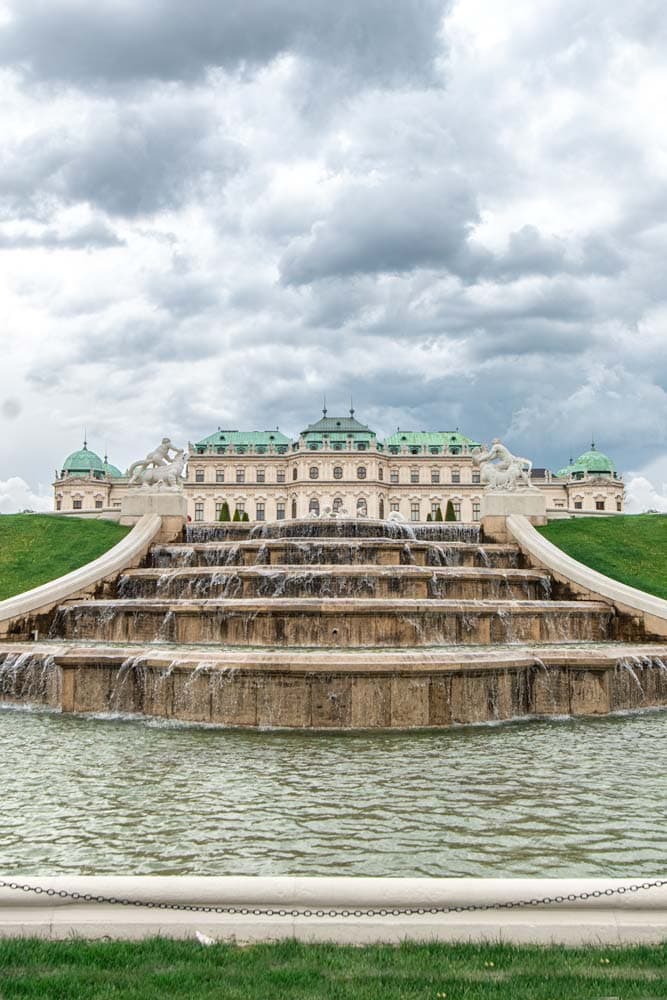
The Belvedere Palace used to be the home (one of the homes I guess) of Prince Eugene of Savoy. It was built in the 18th century and consists of two building units – upper and lower Belvedere – with a vast garden area in between. Today both buildings are art museums. Lower Belvedere hosts changing expositions while the upper Belvedere is home to a prominent collection of Austrian artworks.
The biggest highlight of the palace is Gustav Klimt’s awe-inspiring painting “The Kiss”. While you’ve probably seen it already (I think only “Mona Lisa” is more mainstream than “The Kiss”), experiencing this golden masterpiece in person is truly a fantastic treat to the senses.
- Schönbrunn Palace

The Schonbrunn Palace used to be the primary summer residence of the Habsburg monarchs. For more than 300 years, prominent figures like emperor Franz-Joseph, empress Sisi, and empress Maria Terezia used to spend plenty lot of their time in the 1,441- room mansion. Touring around the palace would reveal the most opulent interior you can imagine, genuinely worthy of kings (in this case emperors).
Besides the glorious building, Schönbrunn offers an enormous garden (more of a park than a garden) that hosts a few labyrinths and even a zoo.
- Hofburg Palace
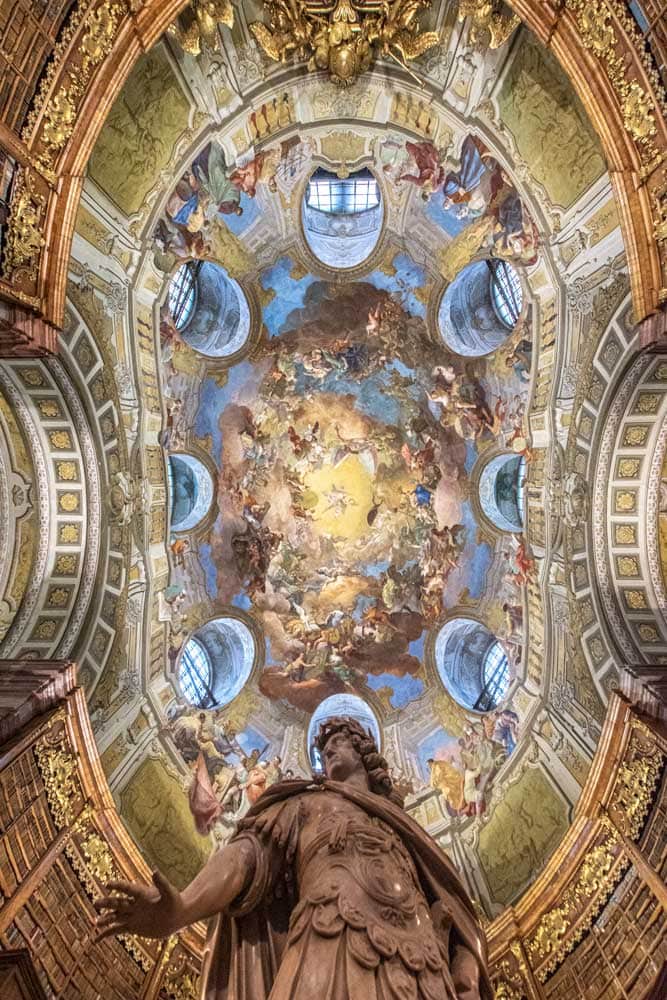
Yet another palace, this one more diverse than the previous two. Located in the heart of Vienna, Hofburg is not a place you can simply tour. It’s just so big and offers so many different things to see that every one of them is a separate attraction.
You can choose from the Princess Sisi Museum (dedicated to the most famous Austrian empresses), the Spanish Riding School (a horse ballet), The Royal Treasury, The National Library ( this is a must-see!), and The Butterfly House. I’m probably missing something cause Hofburg has just too much to offer!
- Vienna’s Museums

You may not be aware, but Vienna is one of the very best museum-cities in the world. Not much of a surprise considering the cultural past of the town.
Besides the abovementioned palaces, the capital of Austria offers one of the most recognizable Natural Science Museums (with plenty of dinosaurs!), the mesmerizing Museum of Fine Arts (truly one of my favorite museums), The Albertina Museum (housing one of the largest and most important print rooms on the globe) and many many others.
Visiting the Vienna museums should be the cornerstone of your city experience.
- Coffee & Sacher
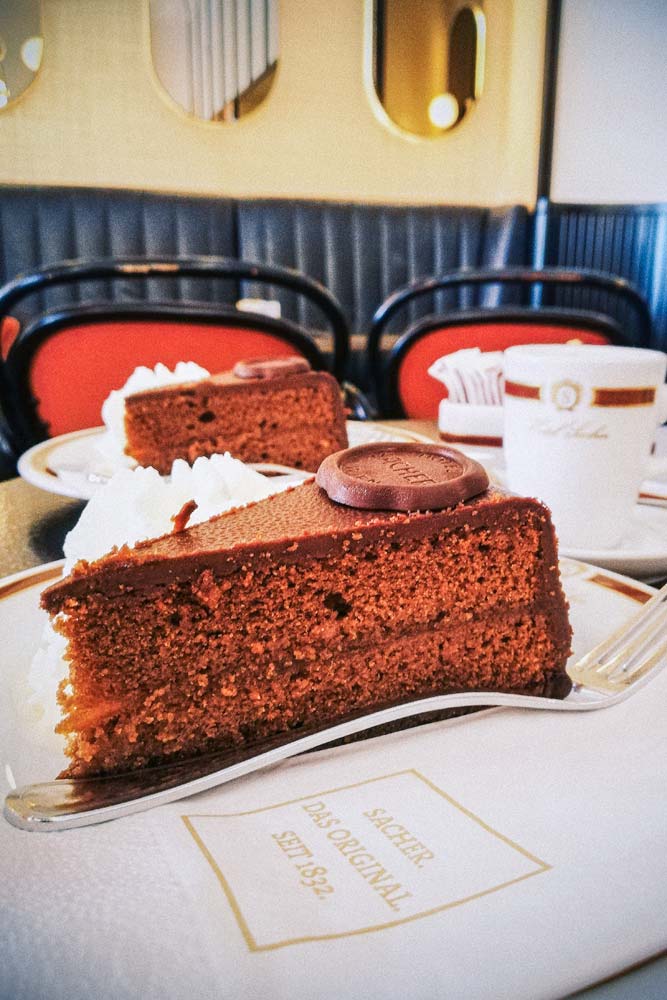
Vienna was among the first cities in Europe to open a coffee house (1683). During the years, the Vienna coffee house tradition has grown to worldwide recognizable dimensions, giving the city a reputation of having some of the best coffee houses in the world. In 2011 it was even recognized by UNESCO who included the Viennese coffee house culture into their list of intangible cultural heritage.
Learn more about Vienesse coffee through the years
The heavenly dessert known as a Sacher-Torte is made with chocolate, apricot jam, and whipped cream. It was invented in Vienna in 1832 and to this day, remains one of Austria’s biggest accomplishments (at least for me). If you’re a big fan of the pastry, you can stay in the hotel opened by the son of the cake’s inventor, and try an original handmade Sacher-Torte.
Where to Stay in Vienna
Hotel Sacher Wien
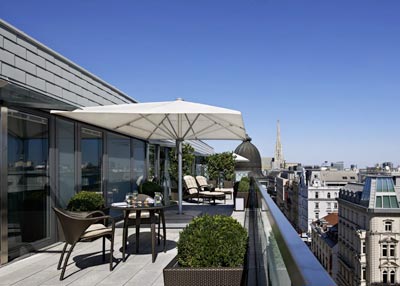
• A legendary hotel where the first Saher pastry was invented
• Still offers the best Saher pastries in the world
• Perfect location in the center of the city – right behind the opera
• Spacious rooms designed for emperors!
• World-class spa
• The hotel interior has world renounce paintings and antiques – basically, you are sleeping in a luxurious museum
Check out the latest price
Hey there. Do you know I have a complete guide of Vienna, including all details of all the highlights, plenty of city tips, and even a map?
Check it out and plan your Vienna adventure to the latest detail!
Budapest
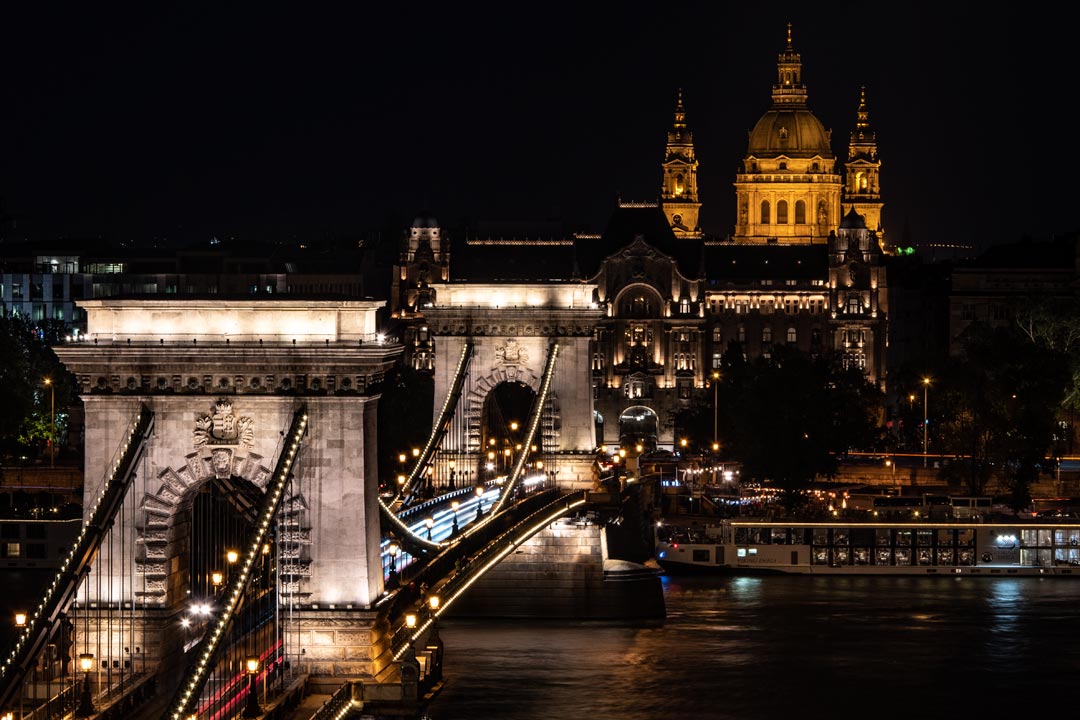
The last city on our Central Europe itinerary is Budapest. Maybe I should’ve said cities because the capital of Hungary is basically two cities merged into one. The aristocratic Buda stands proud on the west side of the Danube River while the modern Pest, party like no other, on the eastern side.
Budapest is utterly different than Prague and Vienna. The architecture around the city varies from Braque, Neoclassical, and Art Neuvue while also offering the largest gothic building in the world – The Parliament of Hungary.
The history of the city (which is among the gloomiest in Europe) is widely shown via museums and memorials.
The nightlife is among the very best in Europe, while the cuisine is world renounced. Oh, one last thing. The city is one of the cheapest European capitals there are. Sounds amazing, right? Now let’s see what is there to see.
What to see in Budapest
- The Parliament Building
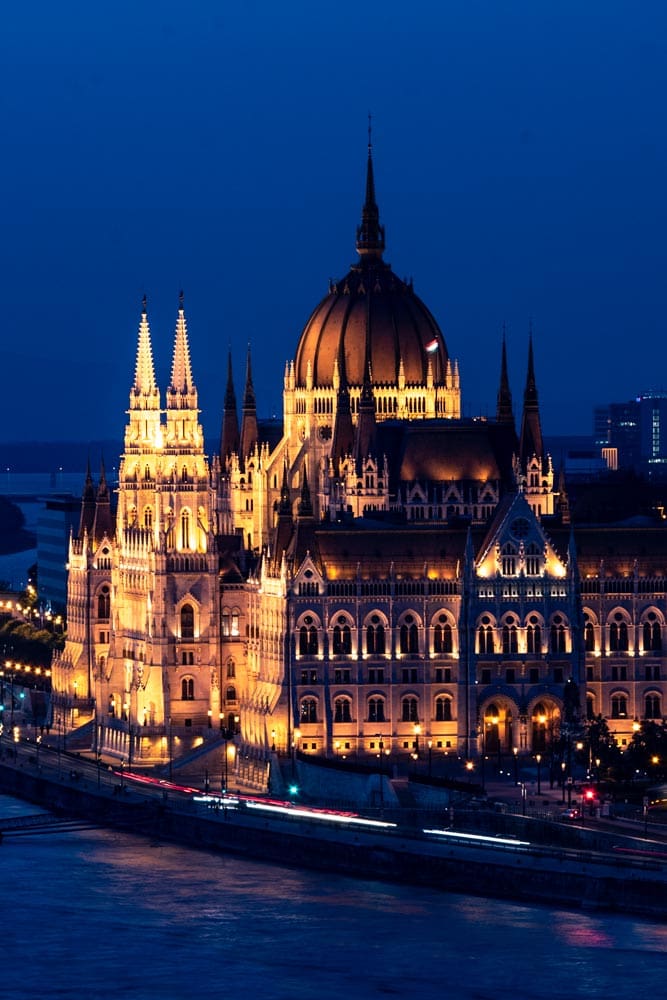
The Parliament Building is the symbol of the city. You may know nothing else about Budapest, but you’ve undoubtedly seen images of this enormous gothic beauty. Located right on the Danube river, the massive building offers one-of-a-kind photo opportunities.
Keep in mind that if you want to experience the Parliament from the inside, you need to pre-book your visit. There is no option to go inside on the spot unless you’re a Hungarian politician.
- Buda Hill
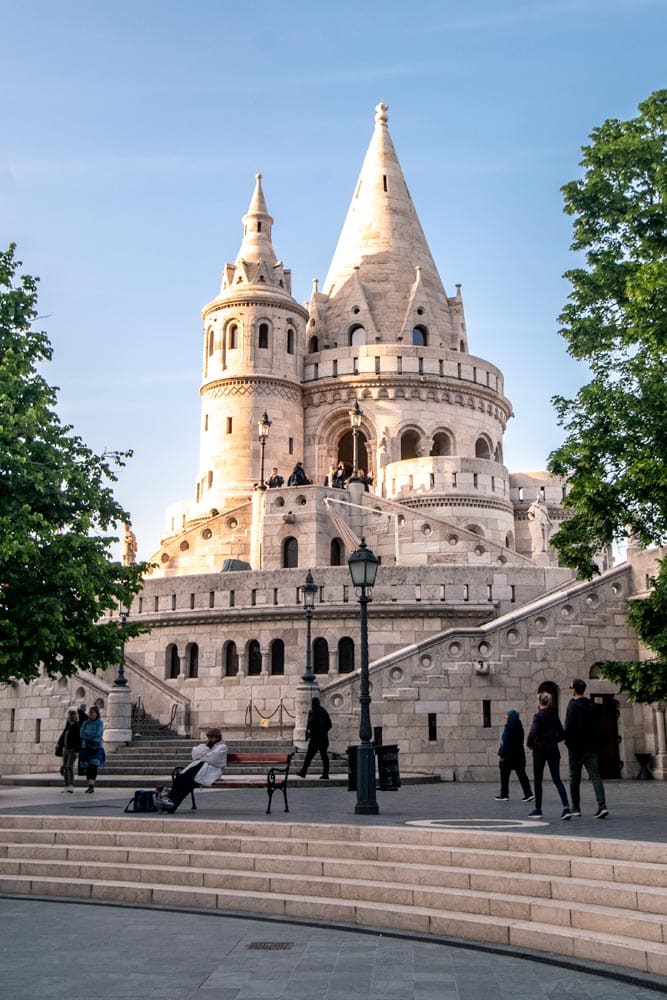
As I mentioned above, the Buda part of the city is the aristocratic part. You won’t find pubs and clubs there, but you will find one of the most beautiful churches on the continent, a glorious castle, and incredible panoramic city views.
Buda is located on a hill overlooking Pest, and the best way to enjoy it is to go straight to the Buda castle using the traditional funicular.
Once you have enough of the view, make your way to the nearby Fisherman’s Bastion. Alongside the stunning Matthias Church, you can find fairytale-looking structures and even more awe-inspiring panoramas.
- Budapest’s Thermal Baths
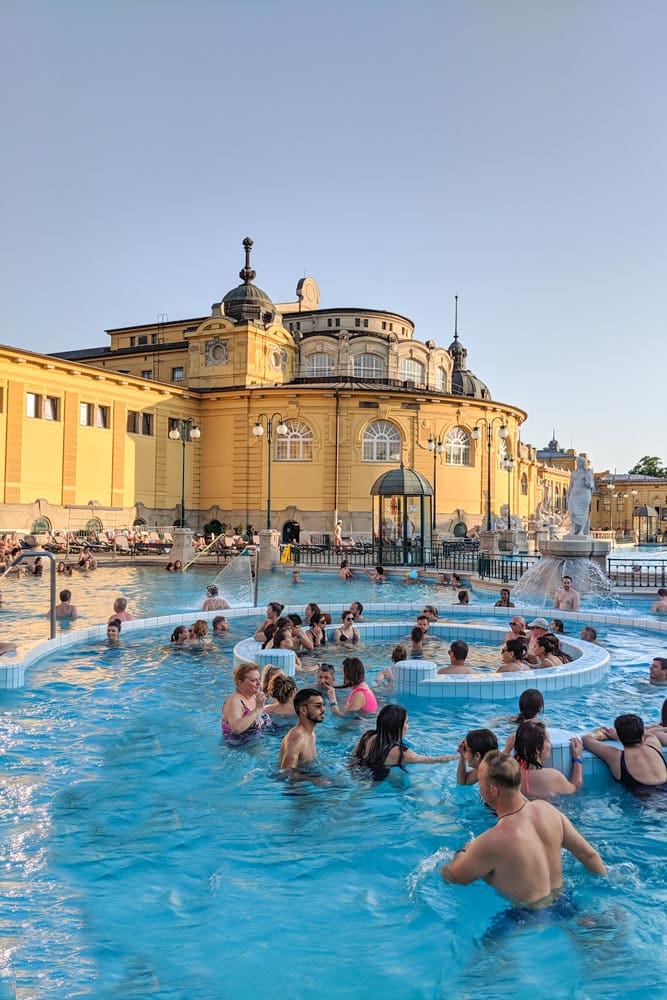
The capital of Hungary pride itself with its astonishing thermal baths. Sitting on more than 125 hot springs, Budapest has plenty of spas, baths, and pools. Basically, everything that includes how water and relaxation – Budapest has it.
The most famous bath in town is the Szechenyi Bath. With more than 100 years of history, this hot spring offers 18 pools where you can heal whatever hurt you have or just soak in warm water surrounded by beautiful old buildings.
One of the most essential tips for Budapest – make sure you pack your bathing suit!
- The Nightlife
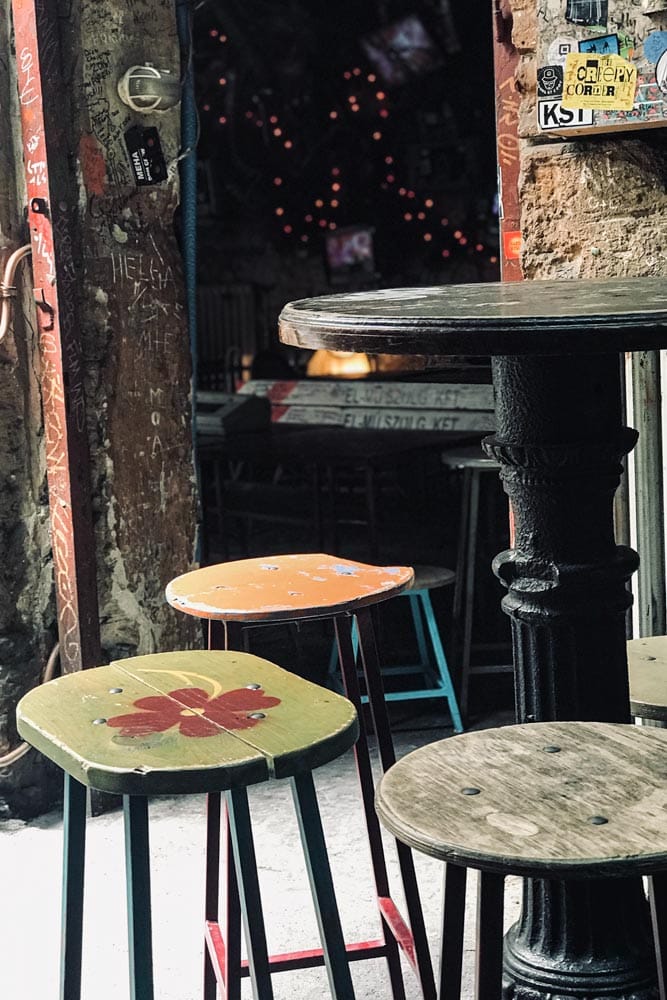
This one caught me by surprise. Budapest has one of the best nightlife scenes in Europe. They even invented their own type of bars – ruin pubs. Hosted in old abandoned buildings, the ruin pubs offer awesome experience in a unique atmosphere.
There are also countless wine bars and clubs plus one of the richest street food scene I’ve encountered. Seriously, a little walk around the streets of Pest is enough to find food from all over the world. From Cambodia to Jordan, I saw a food-joint covering almost every country I’ve ever traveled to.
- Hungarian Cuisine
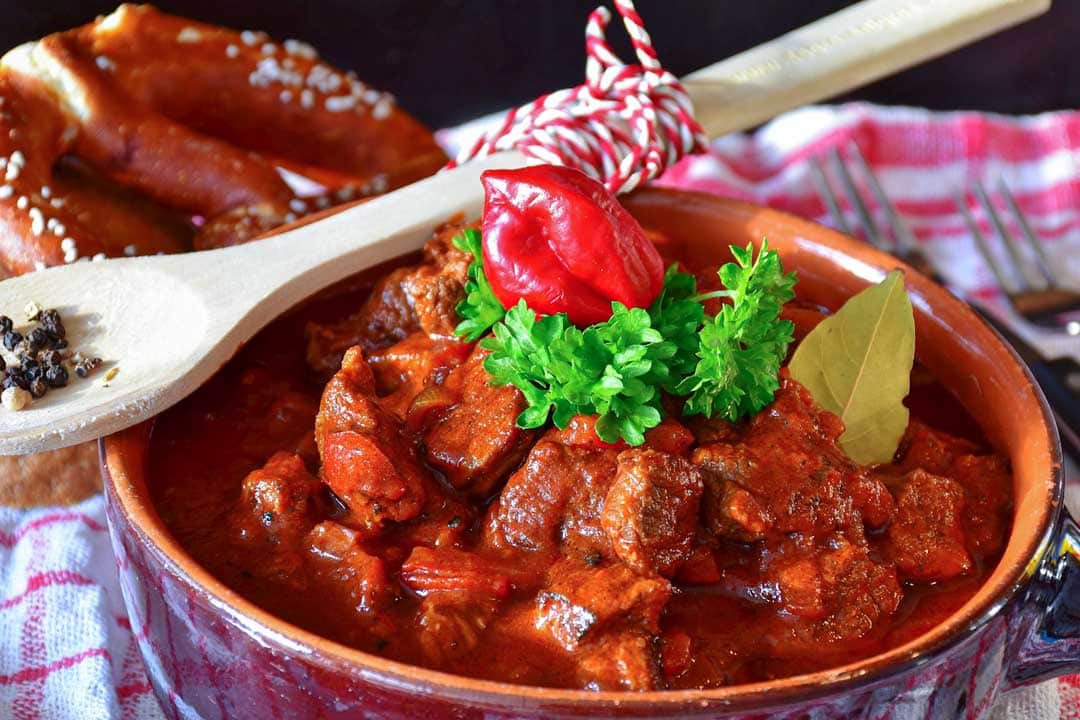
They may have food from everywhere in Budapest, but you still need to try the local Hungarian food. Famous all around the world, the most popular dish is the Goulash – a tasty stew made of meat and vegetables.
The weirdest thing I tried was Meggyleves – a cold summer soup of sour cherries. It felt like a dessert, but you had to eat it before the main dish. Odd but delicious.
Where to Stay in Budapest
My Little Paradise
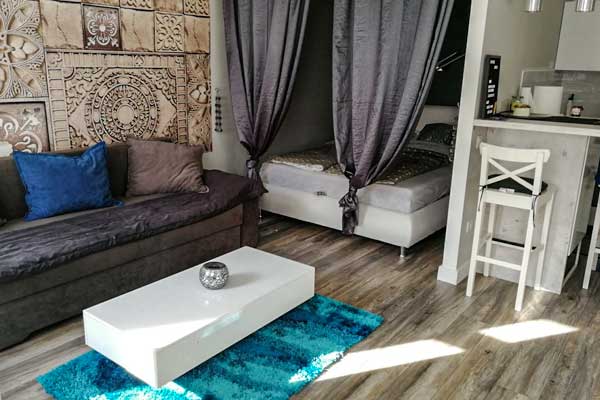
Classy rooms in a vintage old building located in the heart of Pest. The apartments have a beautiful modern design, a fully equipped kitchen, and fast wi-fi. The best part – you won’t even have to splurge a lot! A true definition of value for money, My Little Paradise is the perfect representation of Budapest.
Check the latest prices
Hey there, It’s me again. Yes, I have a detailed city guide for Budapest too. Check it out and be prepared for every detail!
Castaway Fact
Bratislava is a place you can easily add to your Prague, Vienna, Budapest itinerary. It’s very close to Vienna (like 1.5 hrs via bus), and there’s plenty of transportation options between the two cities. Ryanair and Wizz Air often have tickets as low as 16 EUR to the capital of Slovakia.
The Prague, Vienna, Budapest Travel Itinerary
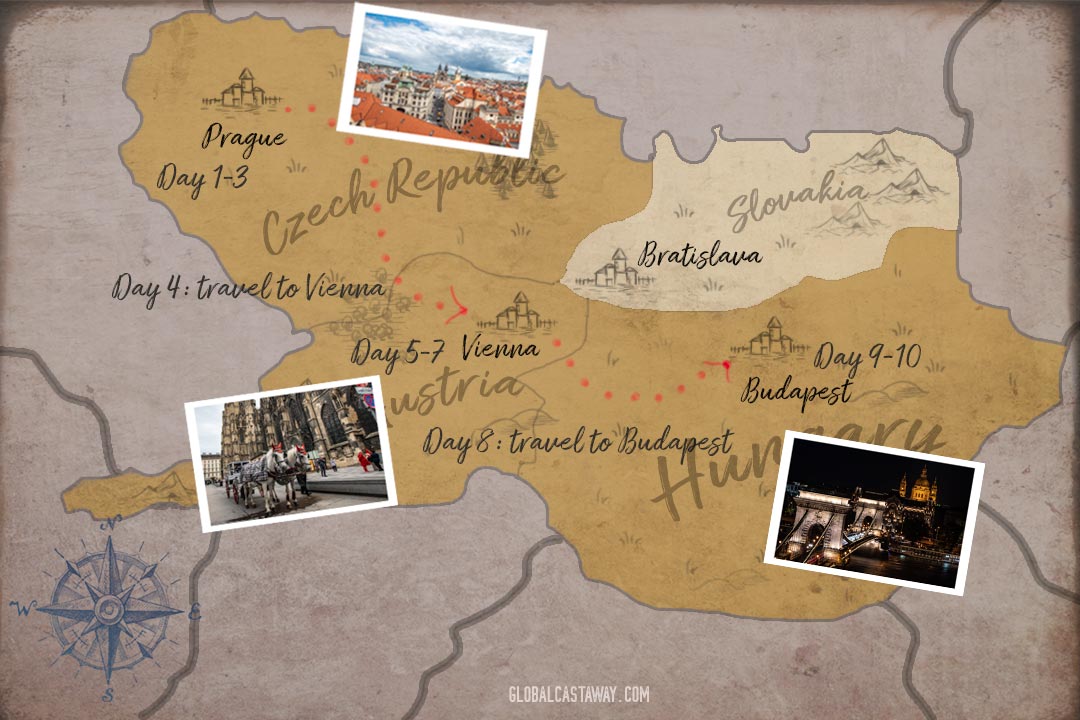
Day 1 – Arriving
On the arrival day, I like to have an open schedule. You are tired from traveling, maybe even have jetlag, no need to stress yourself extra by running to some attractions.
Just revel in walking around the city. Try some traditional Czech food and enjoy the sunset over the Vltava river.
Day 2 – Prague
Just like Budapest, the river divides the city into two main areas – Old Town and Mala Strana. For your first day of exploration, get up as early as possible. You’re going to hate me when the alarm goes off, but once you’re out on the empty magical alleys of Prague, you’ll see what I mean.
Walk around Charles Bridge and continue the wander around the Old Town. Wait until the Old Townhall opens and climb to the tower overlooking the famous square.
Have Trdelnik for breakfast and continue by checking some of the small museums of the city (my pick was the medieval torture instruments one). They are not really museums but more of a theme park-styled expositions. Quite fun.
Make a quick stop at the National Library and get an awesome profile photo at the Idiom installation. The last attraction for the day is the Clementinum, where you can enjoy an astonishing gothic library and more panoramic views.
We end the day in a nice pub with a pint of beer. Totally deserved!
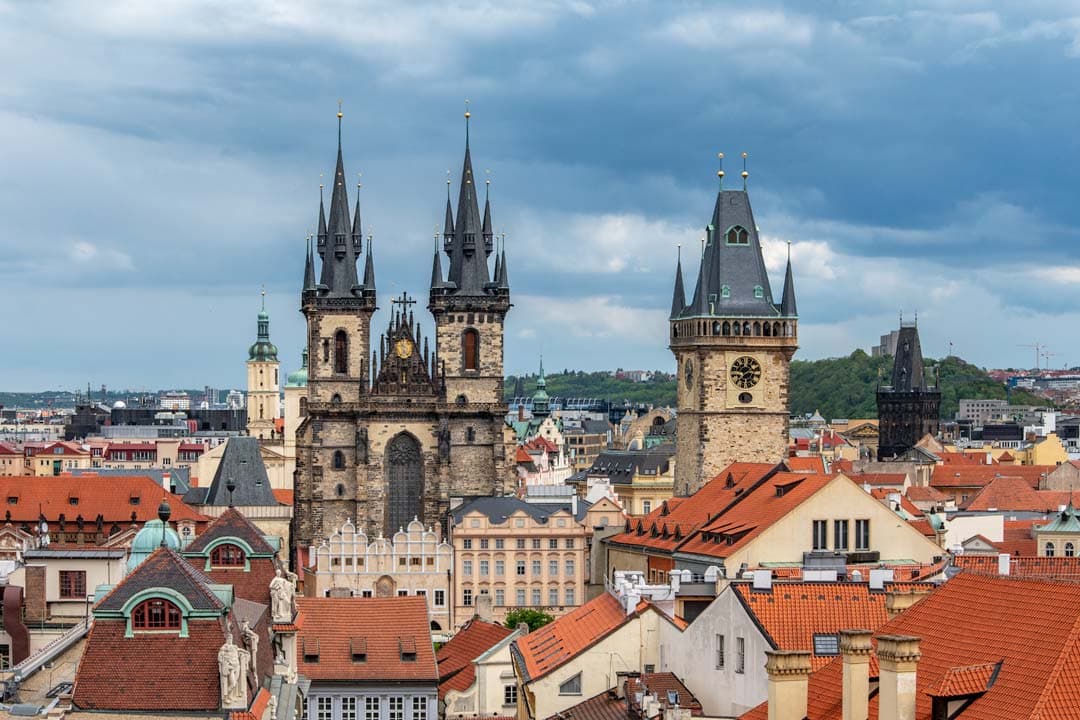
Day 3 – Prague
No need to get at dawn on day three, but still, better not waste your time in bed. It’s time to explore Mala Strana (the western part of Prague).
After the mandatory breakfast trdelnik, we make our way to the Prague Castle Complex. The place is enormous and would take you half of the day. Continue with another candidate for the most beautiful library in the world (yes, Prague has two of them) – the Strahov library.
Once you get enough photos, go to Petrin Hill. A great outdoor area to spend the afternoon. You can even climb the tower to see the broadest panoramic view in Prague.
On our way back, we should take some time to visit the St. Nicholas Church (the one on Mala Strana). One of the most amazing churches in Europe!
Check out my in-depth Prague itinerary guide
Day 4 – Travel to Vienna
It’s time to leave Golden Prague and make our way to Imperial Vienna. There is plenty of transportation between the cities. The cheapest one is by bus, but it takes around an hour more than using the train. If you got a good deal, you could even fly to Vienna. I strongly recommend booking your tickets ahead of time. Bus ones tend to run out while the train tickets may become significantly more expensive if bought on the spot. The best place to find transportation in Europe is Omio (formerly known as GoEuro).
Check the latest prices between Prague and Vienna
Once you arrive in Vienna, familiarize yourself with the city. Feel its vibe and try some of the local foods (like schnitzel).
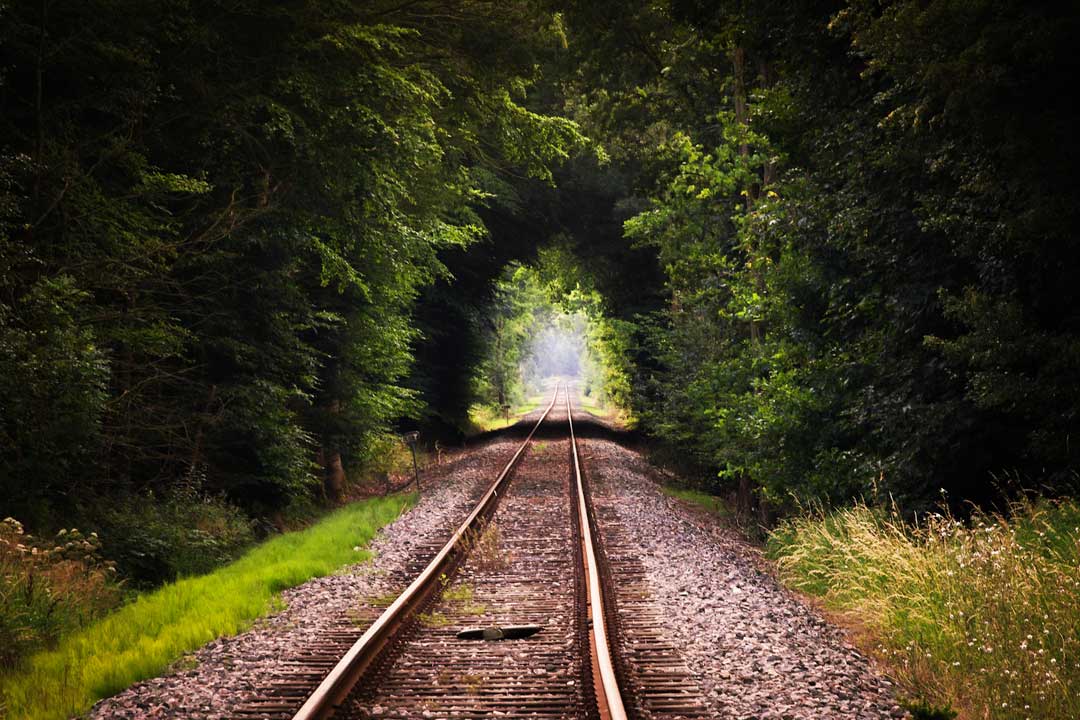
Day 5 – Vienna
Our Vienna itinerary won’t be as packed as the Prague one. That’s because there’s a museum to cover in each of our days here and, well, museums take quite some time.
Our first day of exploring starts with the most impressive museum in town – the Museum of Fine Arts. It’s a pretty big one, so try not to burn out. Once you think you have enough culture for the day – it’s time to leave.
The second highlight is the most famous church in town – Stephansdom. Make sure to climb the tower to get an incredible view of the center and the colored rooftop.
Once finished, make your way to the colorful Hundertwasser house (the best way is via metro) and enjoy one of the weirdest buildings in Europe. The last piece for day five is the oldest amusement park in the world – Prater Park – featuring the legendary giant Ferris wheel of Vienna.
Day 6 – Vienna
Our second day in the Austrian capital will start artistically at the world renounced Albertina museum. After you overwhelm your senses with Picasso and Monet, make your way to the Vienna Opera House. An absolutely stunning building worthy for the city that gave birth to the genius of Mozart.
Close to the opera is the Imperial Palace – Hofburg. As mentioned above, Hofburg offers plenty of attractions, and you’ve better already made your mind about what you want to see there.
The last attraction for the day is a bit creepy. The Habsburg’s Imperial Crypt – Kaisergruft. It may sound a weird place to go, but trust me, it’s impressive. The amount of craftsmanship in Maria Terezia’s sarcophagus is unrivaled by anything, anywhere in the world.

Day 7 – Vienna
Our last day in Vienna may have the least attraction on the list, but they’re also the most impressive ones. Start the day with the magnificent Schönbrunn Palace. Make sure to go there early, the place is enormous, and you have another palace later in the day.
Once finished, go and see the other Vienna heavyweight attraction – the Belvedere Palace. Unlike Schönbrunn, Belvedere is an art museum today, so don’t be afraid you’re going to get too many palaces for a day. It’s there where you can enjoy one of the most famous paintings in the world – Gustav Klimt’s Kiss.
Two huge palaces should’ve taken their toll, and you’re probably exhausted. The last attraction in Vienna does not require a lot of energy. Karlskirche is this beautifully decorated church with a lovely park around it. Perfect place to relax after 3 long days in Vienna.
See my detailed Vienna travel guide
Day 8 – Travel to Budapest
The train is the fastest and cheapest way to get to Budapest.
Check all options to travel from Vienna to Budapest
Again, use this day to relax. Walk around town, try the local food, enjoy the city vibe. Don’t set yourself goals. The next two days would be enough for sightseeing.
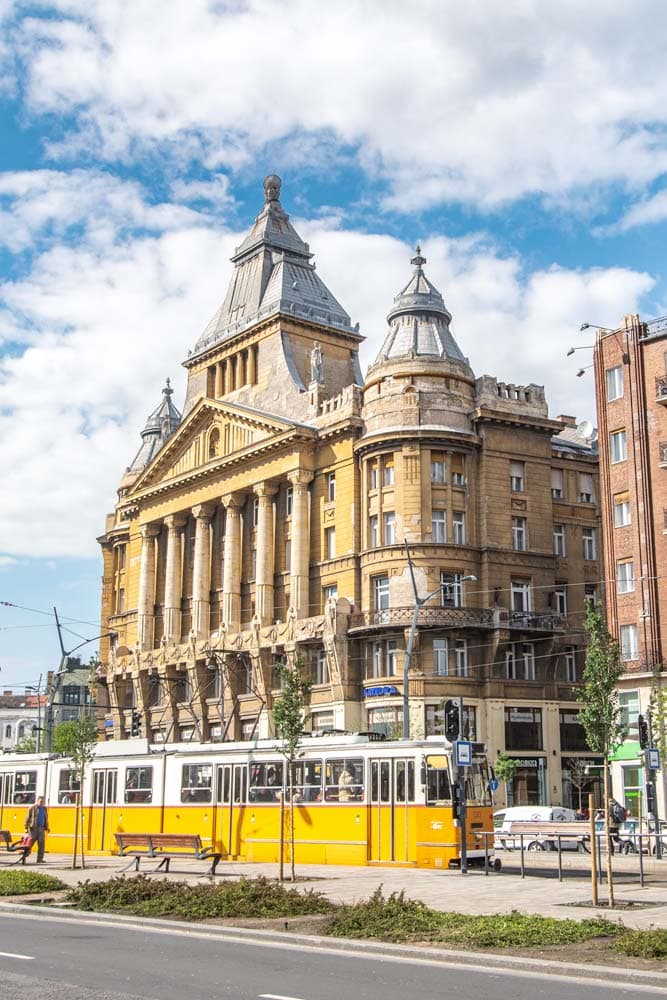
Day 9 – Budapest
The attractions in Budapest are the complete opposite of the ones in Vienna. While in the Austrian capital we got a small number of attractions that took a lot of time, in the Hungarian one we have plenty but fast ones.
We start our journey on the Buda side, enjoying the views from the Buda Castle and the Fisherman’s Bastion (if you’re going for the perfect IG photo, make sure you get to the bastion very early in the morning).
We continue through the famous chain bridge, and we take a walk alongside the river on the Pest side. Pay your respect to the Danube Shoes and explore the beautiful building of the Parliament up close.
Check out the top local church – St.Stephen (climb to the top for a great photo) before having some chill time at the small park next to the Budapest Eye.
The last items for the day are centered around Budapest’s famous nightlife. Explore the Jewish quarter (which weirdly enough is the party neighborhood) and check out the first ruin bar in town – Szimpla Kert.
Day 10 – Budapest
On the last day of our Central Europe itinerary, we’re going to learn a bit more about Budapest’s sad history and unwind. Those ten days were quite exhausting!
We start at the House of Terror – a museum dedicated to the victims of the fascist and communist regimes in 20th-century Hungary. It’s a sad place but also a must-see in order to get to know Budapest and the Hungarian people. We continue through the Victory Square to find the beautiful Vajdahunyad Castle. Relax in the recreation area around it and decide what to do next. You may check the local Museum of Fine Arts or go for a dip in the Széchenyi Baths.
In the afternoon, check the stunning Szabo Ervin Library before finishing the day in one of the most quirky pubs in town – For Sale.
Check out my detailed Budapest itinerary guide
Prague, Vienna, Budapest FAQ
How to travel between Prague, Vienna, and Budapest?
Travel around Europe is easy and hassle-free. Prague, Vienna, and Budapest are pretty close to each other, and the best way to get around is by train. Some times, you may find cheaper fares via bus, but the journey would take at least an hour more.
If you travel via train, I strongly advise pre-booking your tickets as soon as you have planned your detailed itinerary if you don’t you risk the price to go way higher.
Here is the best place to find transportation around Europe.
If for some reason, you need to travel from Prague to Budapest, maybe you should check out some of the low budget airlines (Ryanair and Wizz Air).
What currency do you need?
The most annoying part of the Central Europe journey is the currency. All three cities may be part of the EU, but only Vienna uses the Euro. In Prague, you’ll need Czech Kronas while in Budapest you’d have to pay in Forints.
A lot of places in Budapest accept Euro too, but they use their own rates, which are always abysmal. Try to pay as many things with a card. Some of the online banks that offer accounts in different currencies are perfect for this trip (I use Revolut and Transferwise).
Here is an excellent currency converter you can use on your journey
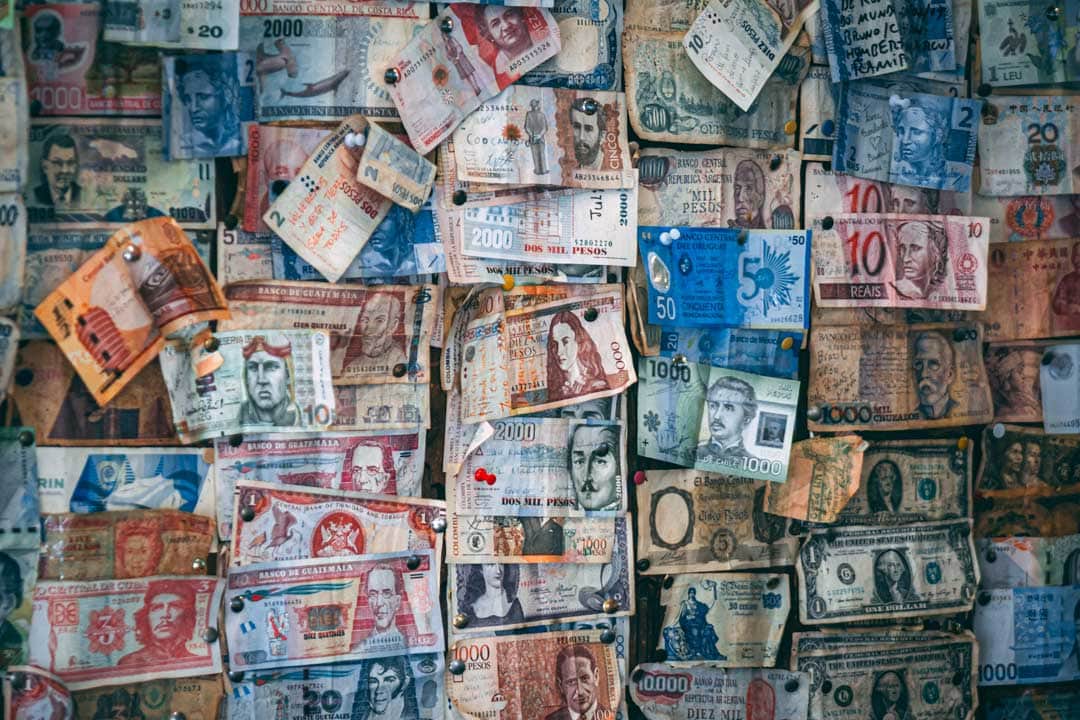
How expensive are Prague, Vienna, and Budapest?
While Austria is one of the world’s wealthiest nations, Vienna is not that expensive. It’s definitely not London or Paris and slots a little bit over the average for the EU.
Check out some example Vienna prices
Prague welcomes millions of tourists every year, and everywhere in the tourist parts, the prices are massively inflated. Be aware of the mini-market-looking shops which usually offer cheap water, snacks, etc. In Prague, they are not cheap at all. A single bottle of water could set you back 8- 10 EUR in such a place. Look for the large supermarkets (can be found in the metro stops) to get water and snack at regular prices.
Check out some example Prague prices
Budapest is the cheapest out of the three. Quite reasonable since the city is among the most affordable EU capitals. You will spend a lot neither for accommodation nor for food. Attractions are mostly free, and the paid ones are inexpensive. 40-50 EUR per day would be more than enough.
Check out some example Budapest prices
Are Prague, Vienna, and Budapest safe?
All three cities are as safe as a big city can be. Vienna is even a little bit more. Violent crimes are extremely rare, but you should always be aware of the pickpocket tread in all crowded tourist areas.
Central Europe may be safe, but it does not mean you should go unprepared. Travel insurance is a must for every travel you have. It eases your mind and lets you enjoy your journey to the max. I currently use HeyMondo for my travels because they have proven themselves to me more than once over the years. The link above will give you a 5% discount, but If you have another favorite provider, that’s ok. Just make sure you have one because you never know what may happen.
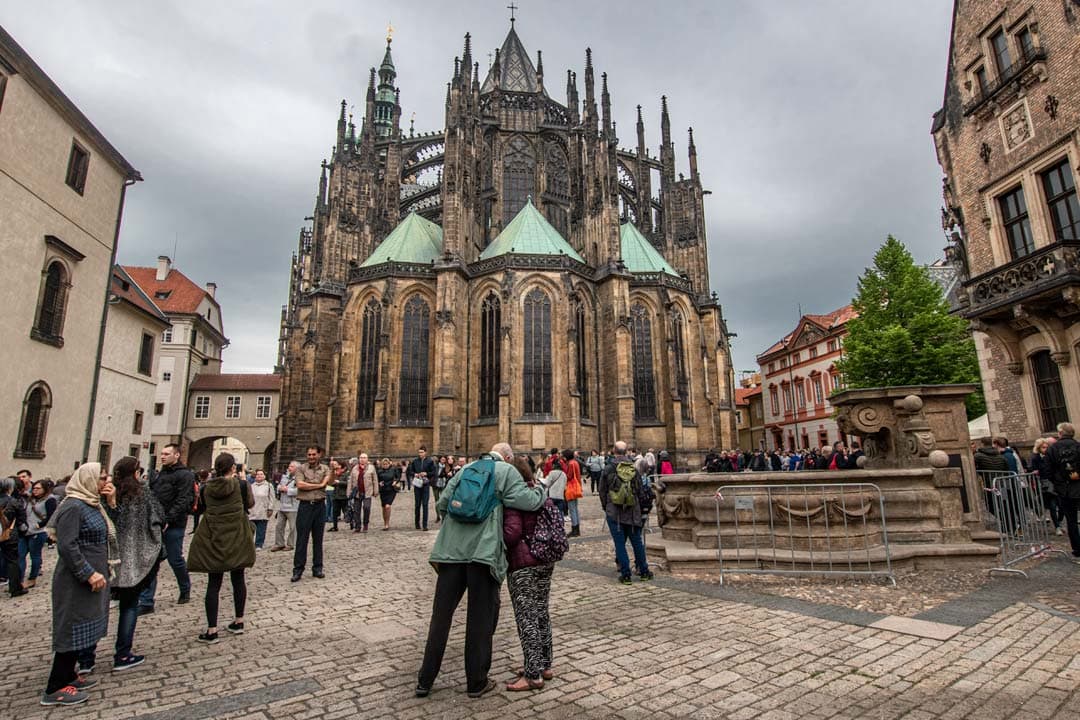
When should you visit Central Europe?
All seasons are good for Central Europe. Shoulder seasons (spring and autumn) would give you the best prices with mild weather, while the summer would offer long sun-filled days. Prague is a bit overcrowded in the summer, but Vienna and Budapest are ok.
Winter is not my favorite time to travel around Europe, but Central European cities are famous for their Christmas bazaars and overall Christmas spirit, so December is wonderful for a visit.
Is English widely spoken in Central Europe?
I can’t speak Czech or German. I can’t pronounce even a word in Hungarian, but I didn’t have communication problems in either Prague, Vienna, or Budapest. English is widely spoken everywhere in those cities, even outside the tourist areas.
That’s all from me, I hope you enjoy your Prague, Vienna, Budapest adventure.
————————————
If you haven’t planned your trip there yet, find out how I plan my trips!
————————————
I have 40 bucket list ideas for Austria, Hungary, and Czechia. See my impossible bucket list of 1700+ adventures!
Is Central Europe on your bucket list?
Some of the above are affiliate links and I will earn a percentage of the sale if you purchase through them at no extra cost to you. This helps keep my site running – so thanks in advance for your support!

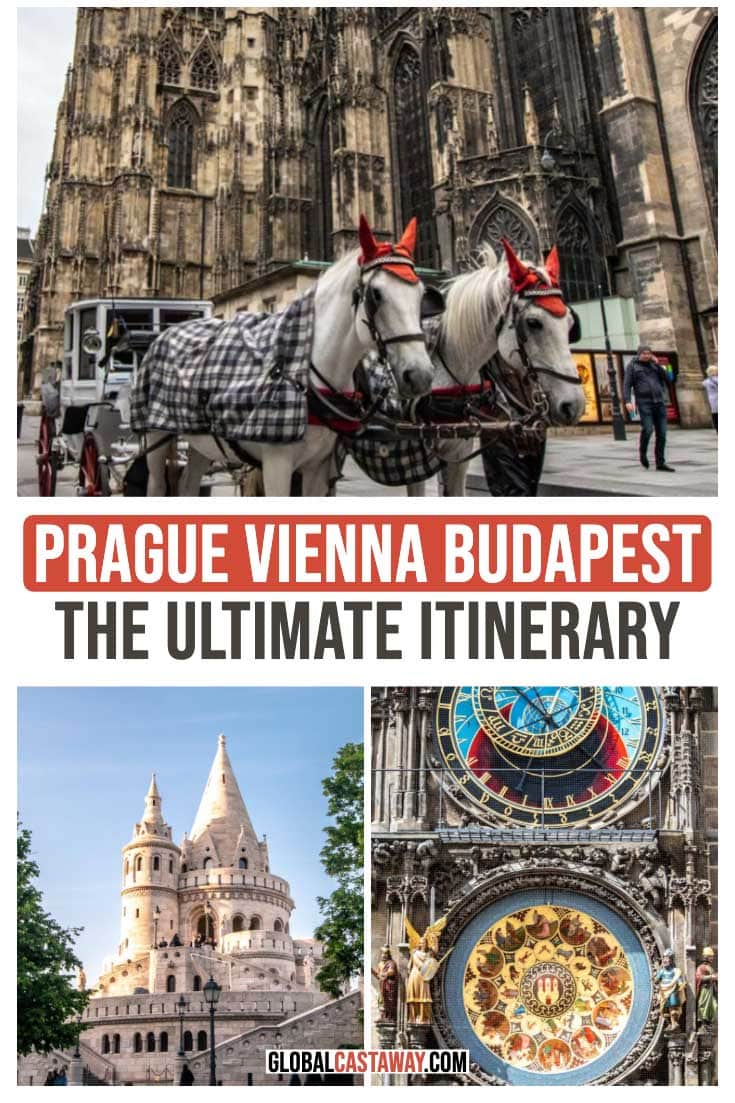
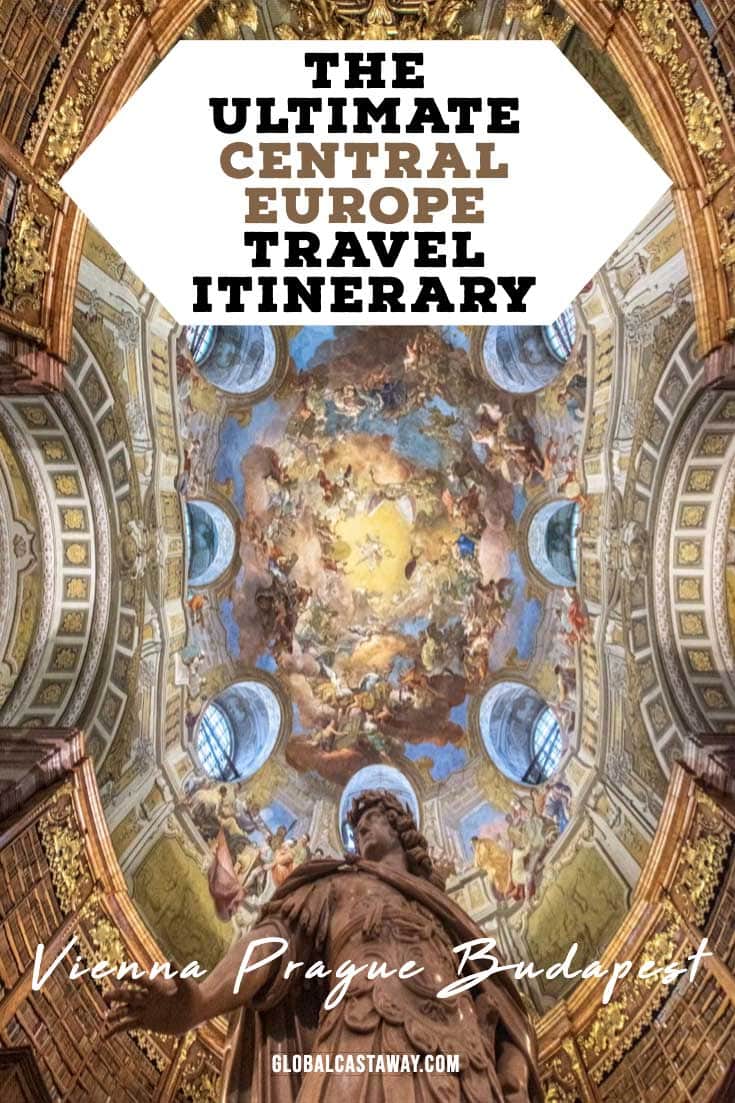

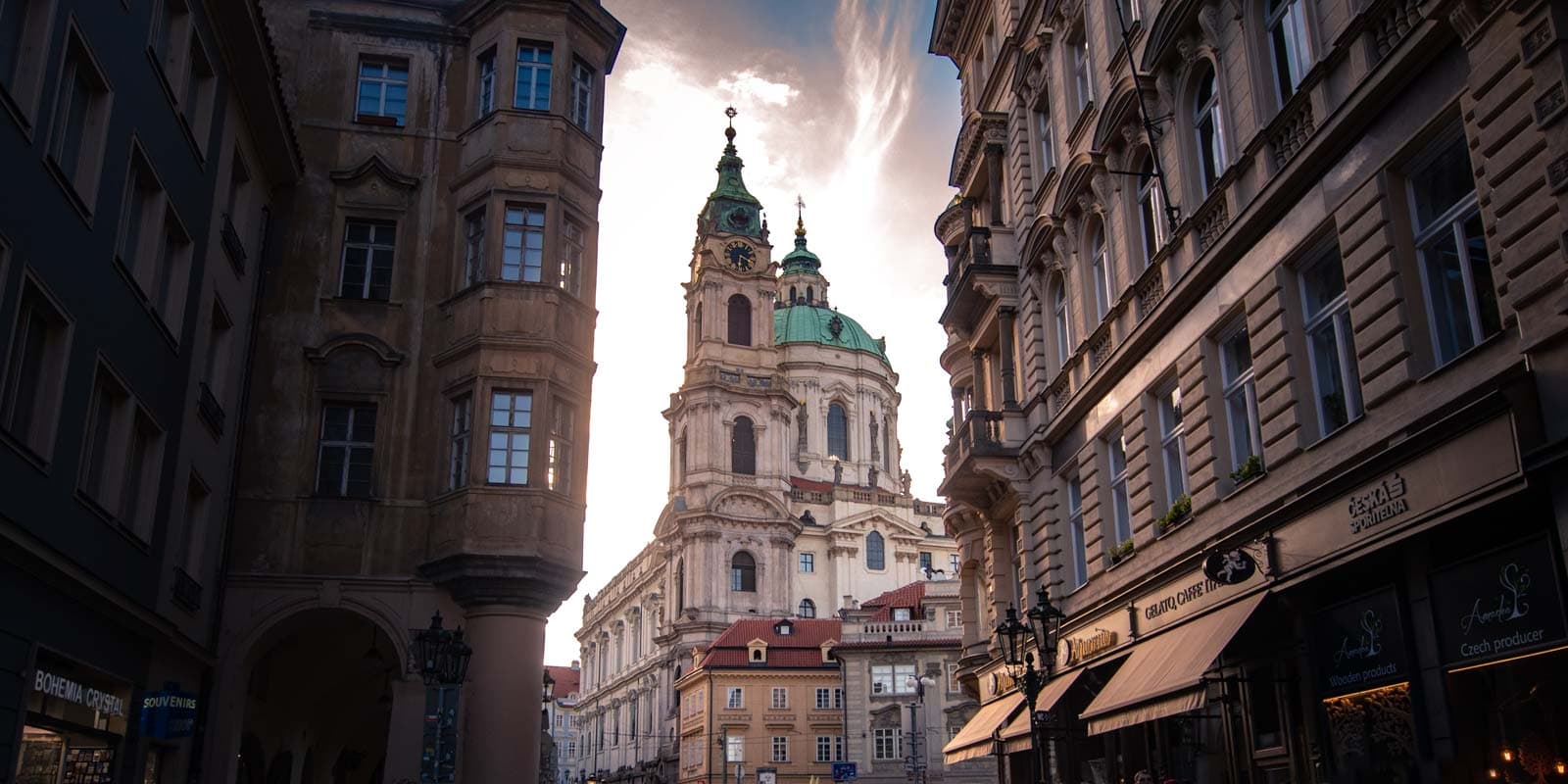
Cat Stoffel
Friday 19th of April 2024
I would like to inquire about a trip to Prague, Vienna, Berlin, spending more days in Prague. This would include guided tours, hotels and airlines.
Slavi
Tuesday 23rd of April 2024
I do have a Berlin itinerary guide too. You can combine them.